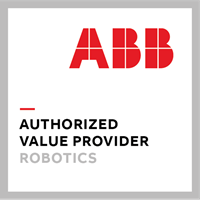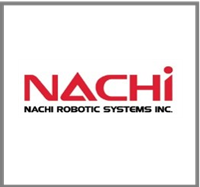Part Handling Robots
ABCO is an industry leader in factory automation fueled by robots for manufacturing companies, leading to higher productivity, lower costs, increased worker safety, and improved quality.
.jpg)
Part Handling
Robotic part handling involves the use of automated robots to manage the movement, positioning, and manipulation of various parts within a manufacturing process. These robots are equipped with advanced sensors, grippers, and control systems that allow them to perform precise and repetitive tasks with high accuracy and speed. They can handle a wide range of components, from small delicate items to large heavy parts, reducing the need for manual labor and minimizing the risk of damage. By integrating robotic part handling into production lines, manufacturers can achieve greater efficiency, consistency, and flexibility in their operations.
Part Handling Use In Manufacturing
In the manufacturing sector, robotic part handling plays a critical role in enhancing productivity and ensuring quality. These systems are employed in various stages of production, including assembly, packaging, palletizing, and quality inspection. By automating these processes, manufacturers can significantly reduce cycle times and increase throughput. Robotic part handling helps maintain a clean and safe working environment by minimizing human intervention, thus reducing the risk of workplace injuries. This automation also allows for seamless scalability, enabling manufacturers to adapt to changing production demands and market conditions efficiently. As a result, robotic part handling is essential for modern manufacturing, driving innovation and competitiveness in the industry.
Advantages of Part Handling Robots
The part handling process provides the following advantages:
- Reduced labor demand and safety costs
- Reduction in human error and variance
- Increased productivity and accuracy
- Minimized risk of part damage
- Enhanced flexibility and scalability
Areas Where Part Handling Robots Are Used
Many industries and processes use part handling systems:
- Life Science
- Agriculture
- Textiles
- Machine Tool
- Woodworking
- Automotive
About ABCO Automation
For nearly five decades, ABCO Automation has earned the trust of our customers as a go-to partner for Custom Automation Solutions, Robotic Automation, Contract Manufacturing, Standard Product Solutions and Engineering Services. An employee owned, North Carolina Based corporation, ABCO is driven by improving the profitability and quality of life for our customers and their teams through innovation and technology advancements. For more information, please contact ABCO Automation at media@goabco.com
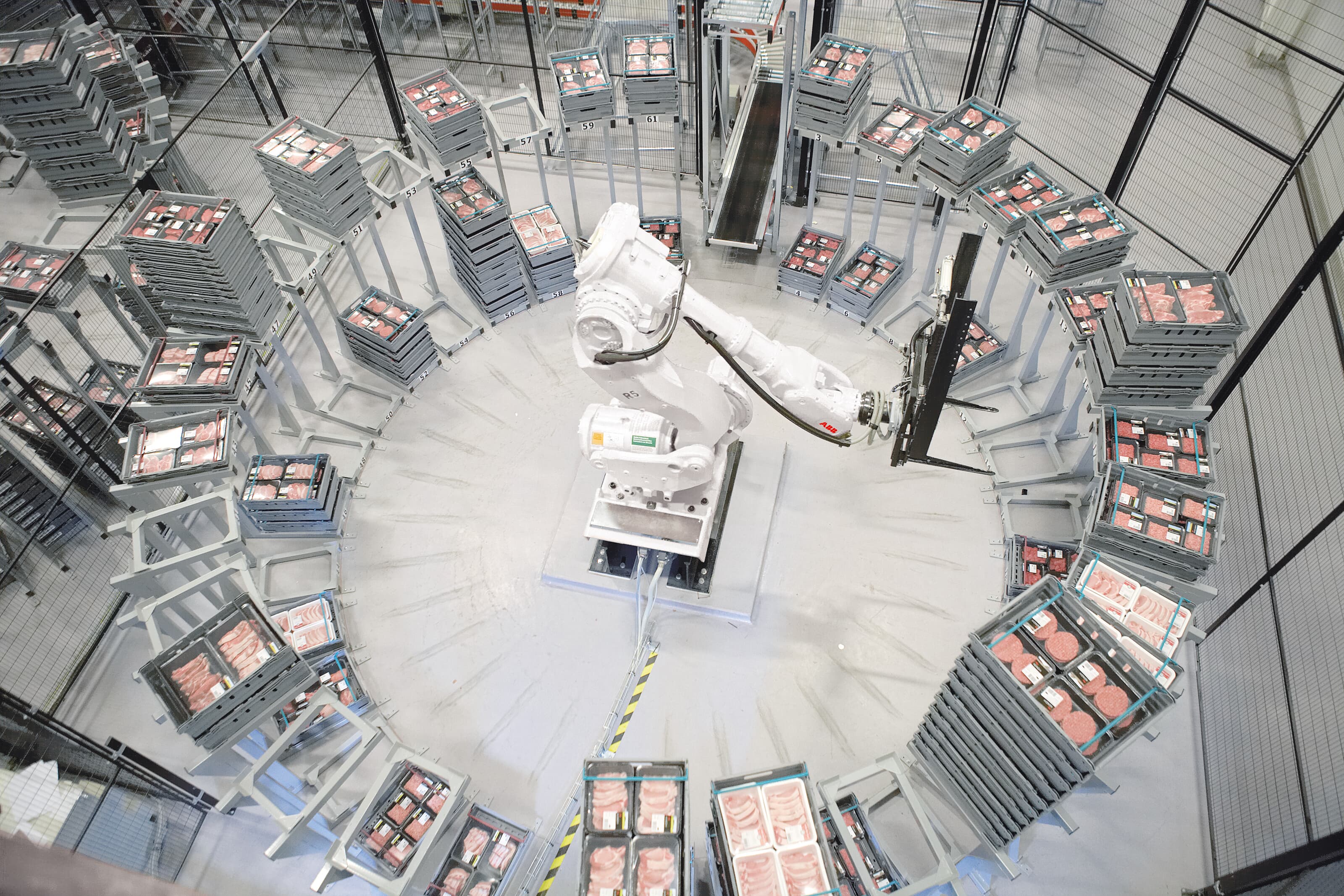
.jpg)
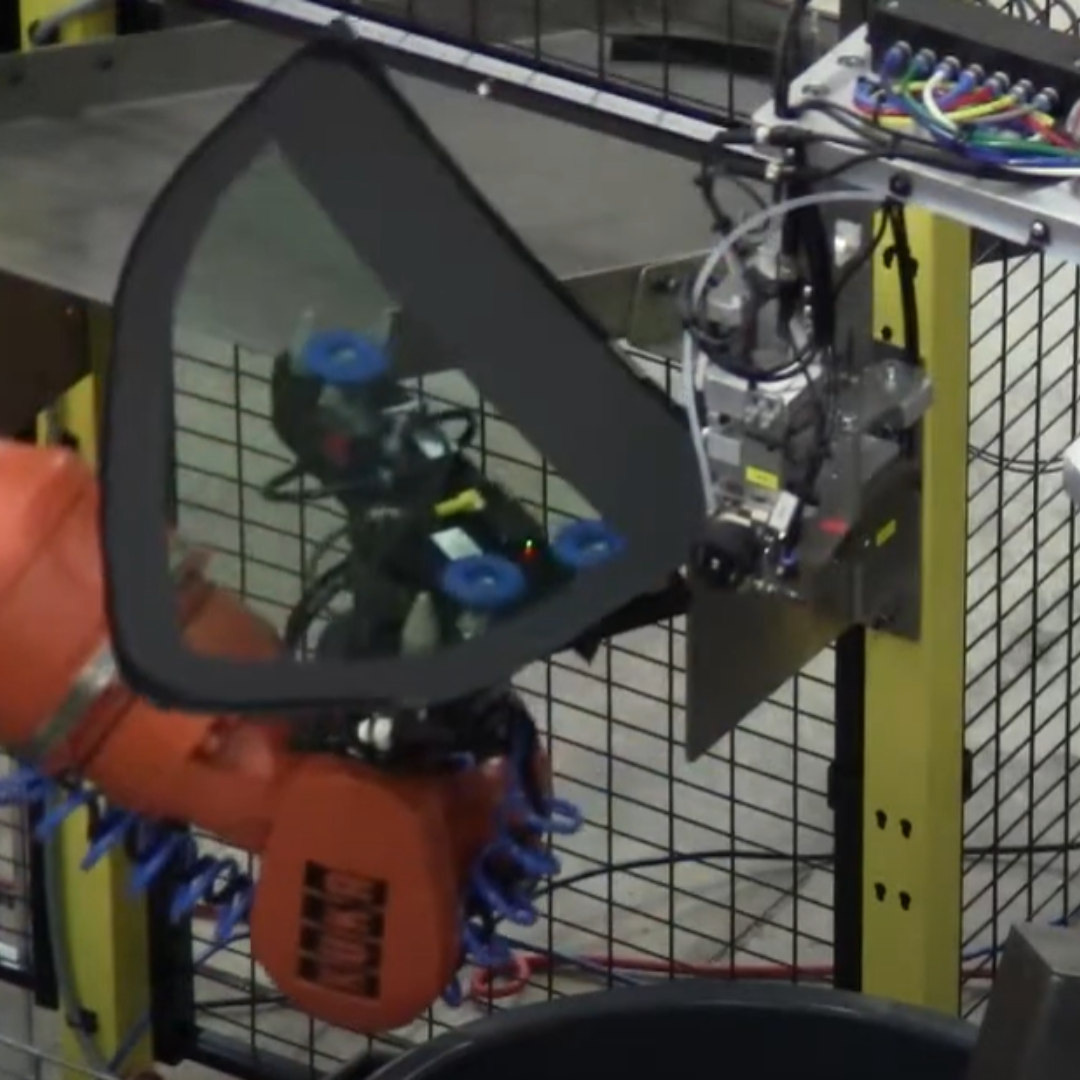
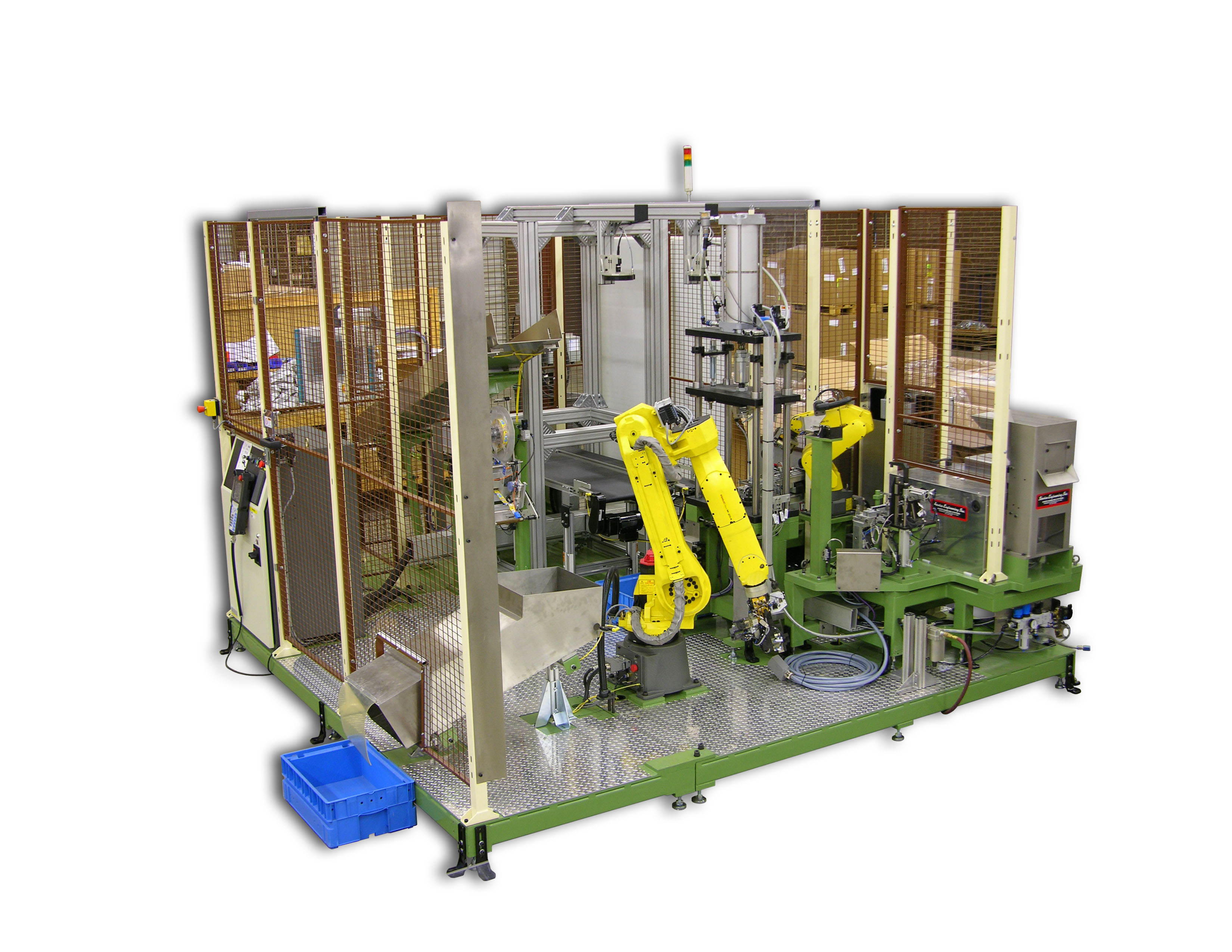
ABCO Integrates Robots
ABCO has many years of experience in developing and implementing robotic systems. We can provide any form of robotic automation ranging from application evaluations to individual cells to turnkey solutions. ABCO will work provide you a solution based on your stated goals. We work with the best robot manufacturers in the industry and can help you pick out the right robot(s) for your needs.
Benefits of Robot Automation
Factory automation fueled by robots provides many benefits to manufacturing companies, including higher productivity, lower costs, increased worker safety, and improved quality.
Lower Costs
With robotic systems, manufacturers can experience faster manufacturing times and increased efficiencies, which translates into producing more product in a timely manner. Over time those improved efficiencies lead to cost savings due to reduced waste, lower operational expenses, and decreased hands-on labor.
Employee Safety
Employees reap the bulk of the automation rewards. Robots can work in challenging environment, including hot, very cold, and very hazardous areas, so workers are to be exposed to any of those conditions. In addition, employees can be moved from performing tedious labor-intensive tasks to assignments that offer more engaging responsibilities.
Improved Quality
Additionally, manufacturers can see improved quality due to consistent product fabrication and quality control systems that use vision systems to continually check for defects.
